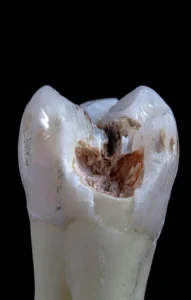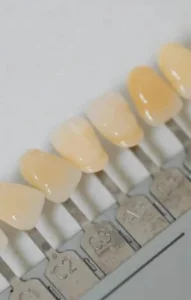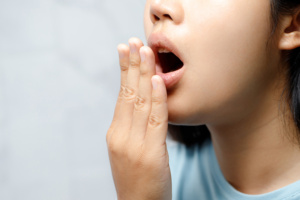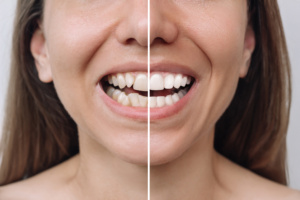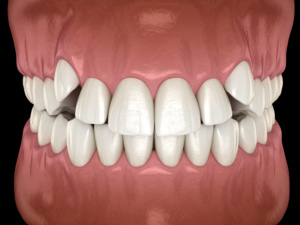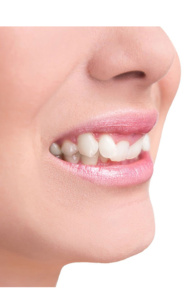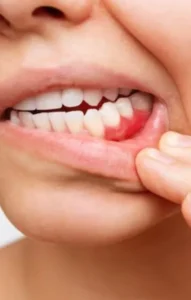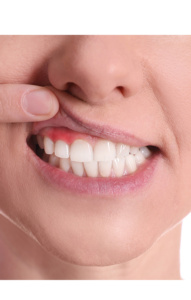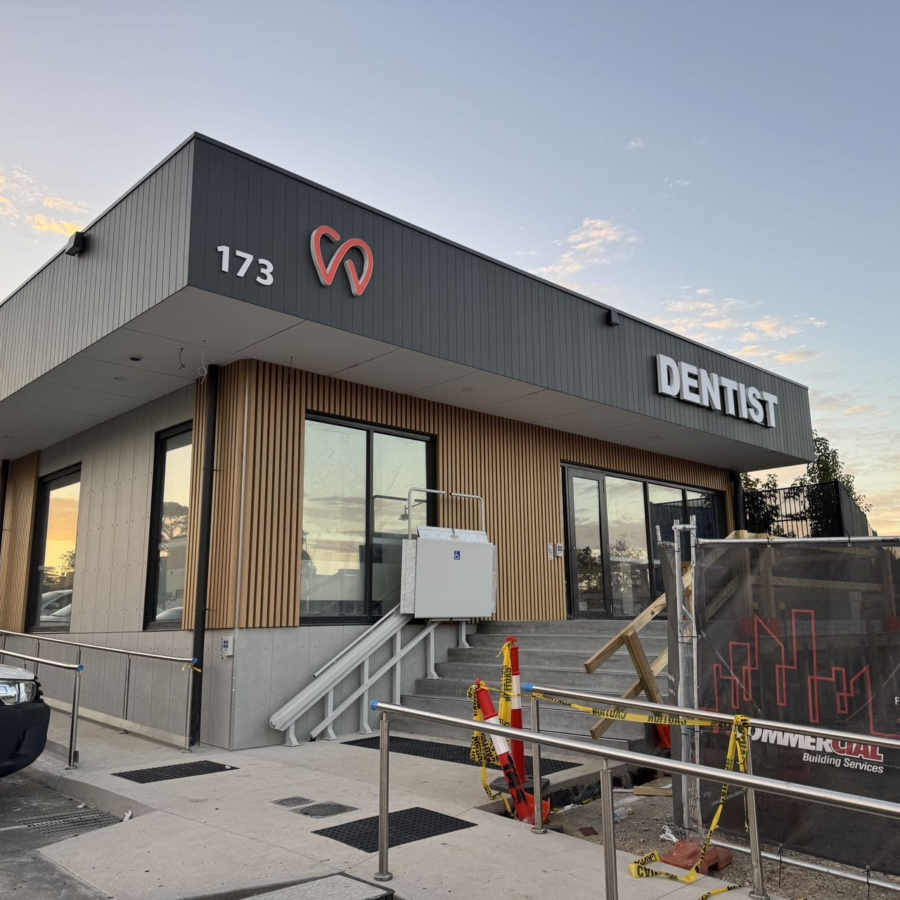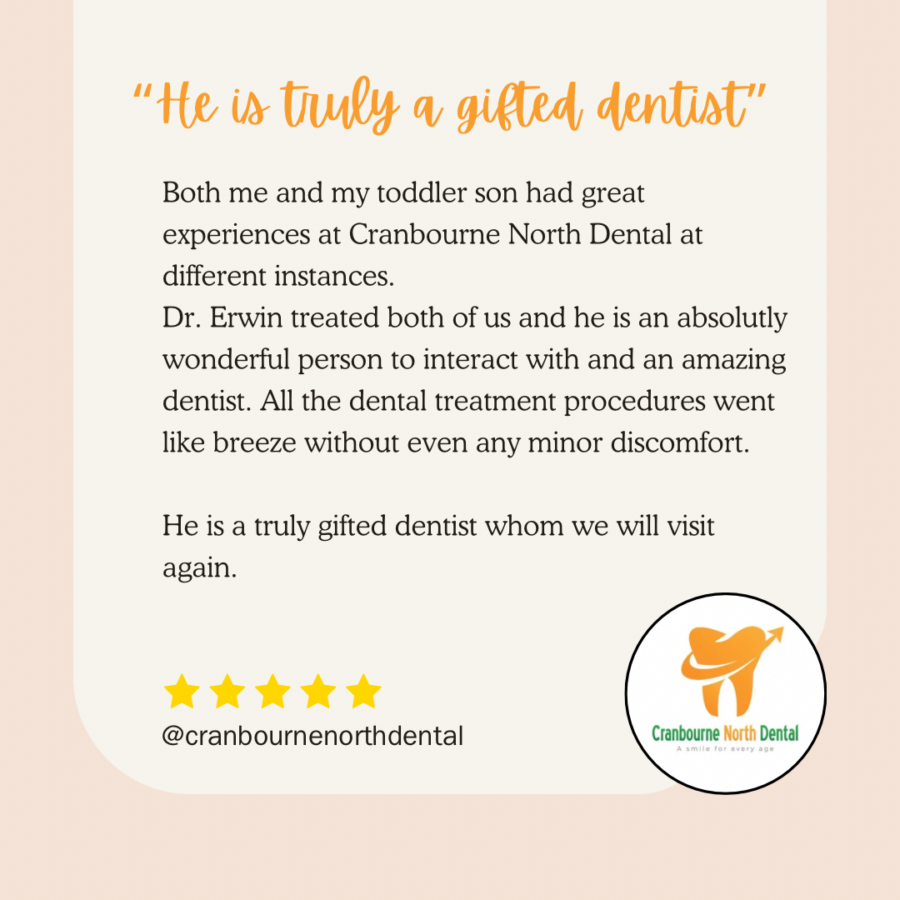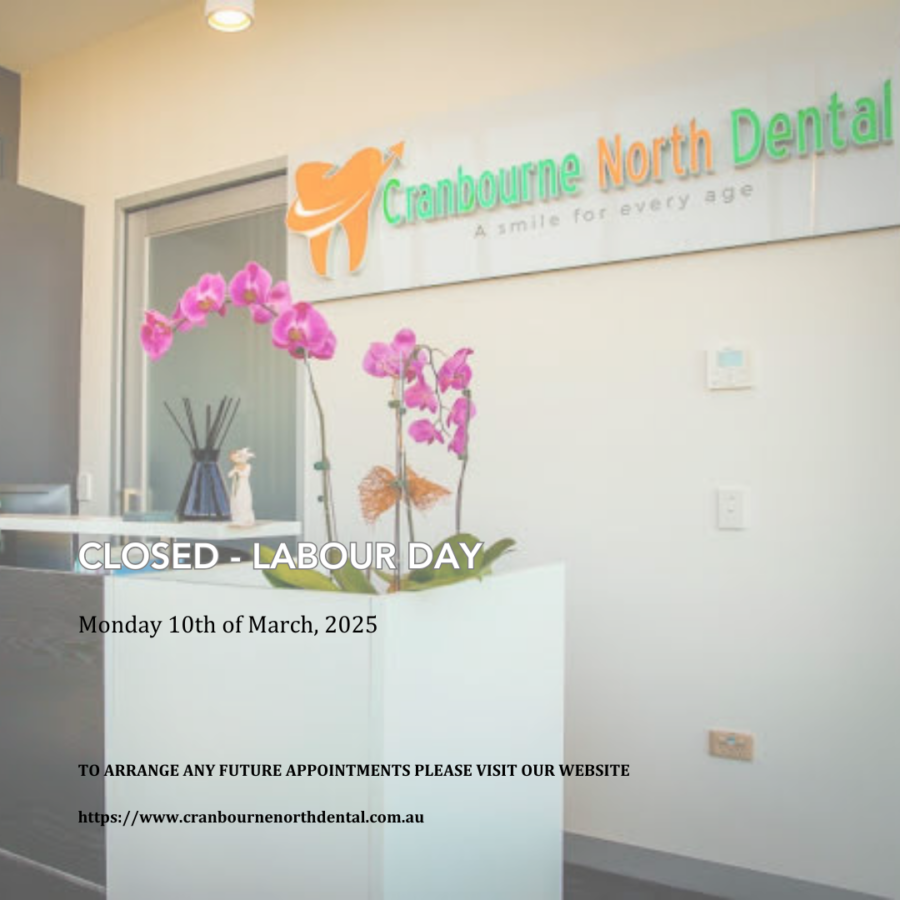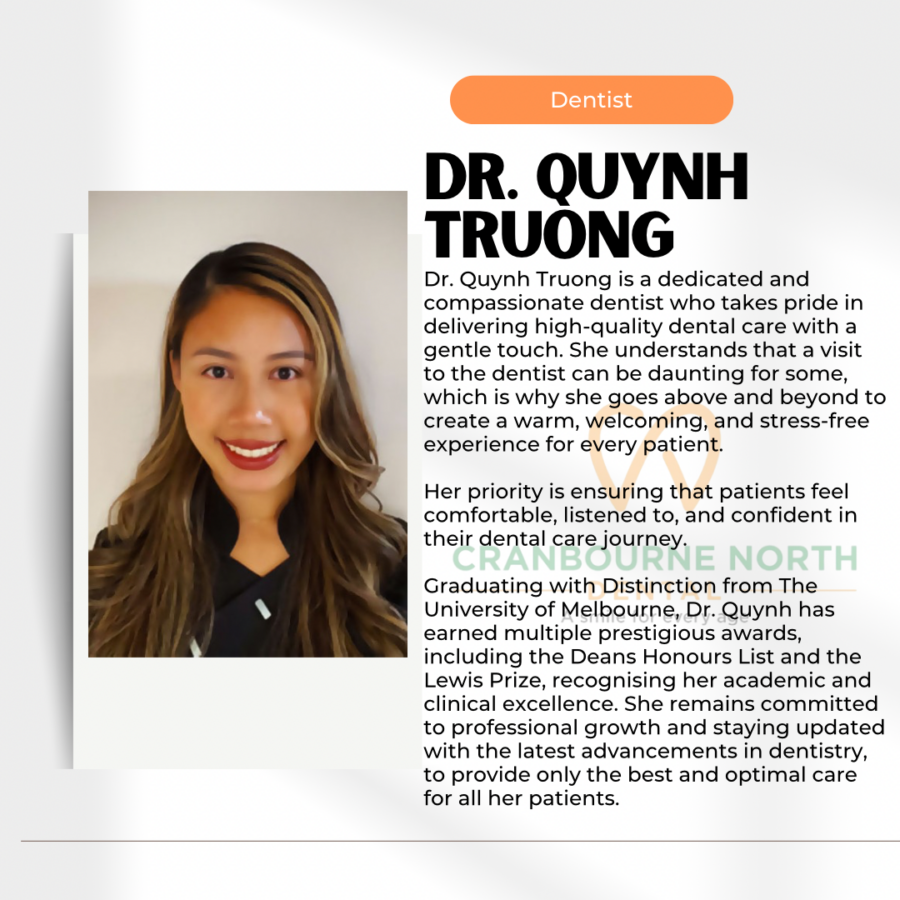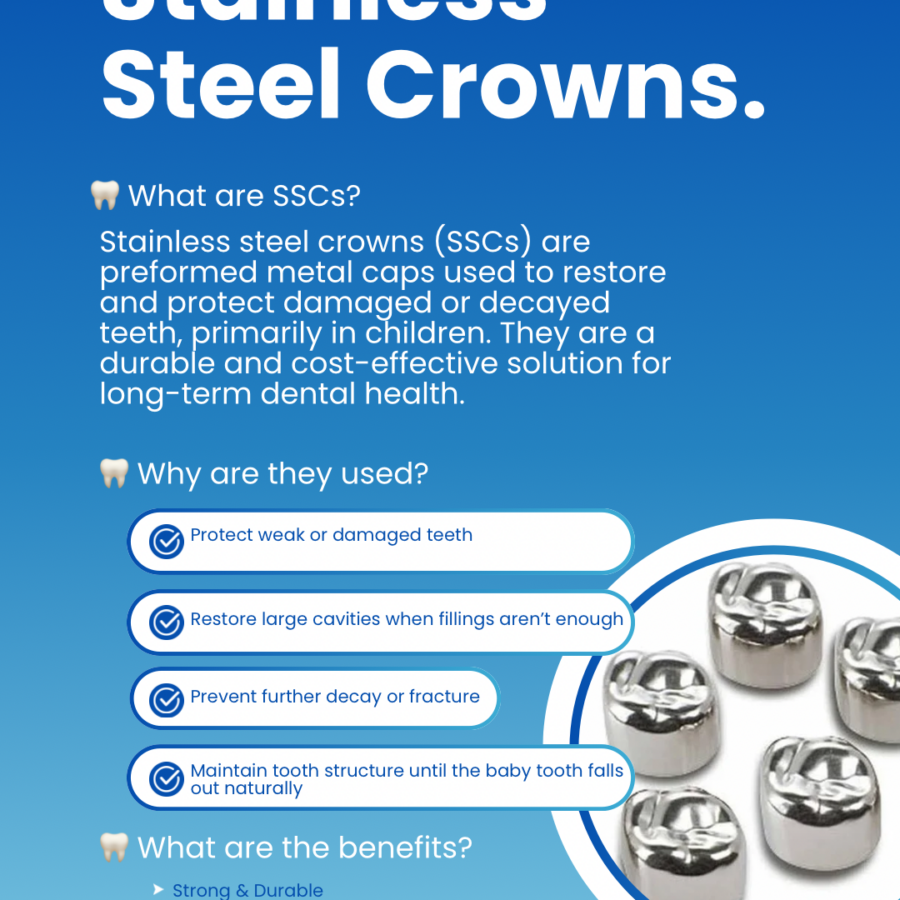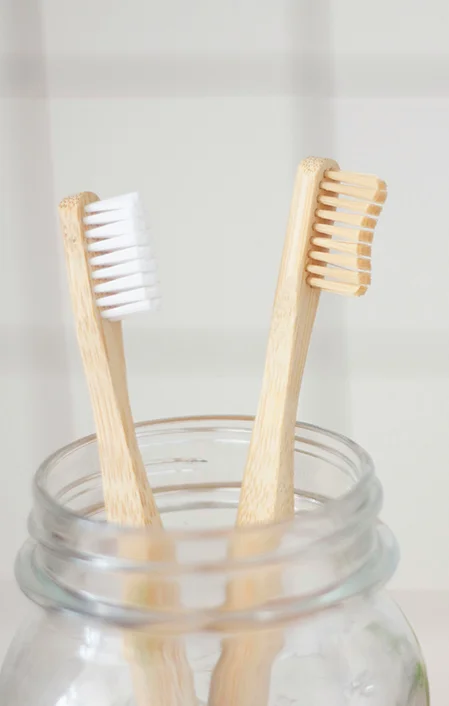
Gum Disease Treatment
Gum Disease Treatment, also known as Root Planing/Debridement, coupled with consistent oral hygiene practices is essential for maintaining optimum oral health for individuals with Gum Disease (Gingivitis). Initial Gum Treatment is usually performed in multiple sessions with numbing of all the teeth involved and surrounding tissues in order to have a pain-free experience.
Gum Disease, also referred to as Gingivitis, is often recognised as the ‘silent killer of teeth,’ Gum Disease can go undiagnosed until it reaches an advanced gum disease stage (Periodontitis), as it may not cause noticeable pain in its early phases. It involves inflammation and infection of the tissues surrounding and supporting the teeth, initiated by the accumulation of plaque and tartar. Without regular brushing, flossing, and professional dental cleanings, persistent inflammation can lead to the breakdown of the periodontium—the tooth’s supporting structures, including bone, gums, and ligaments.
By assessing the severity of the condition and implementing a tailored management plan which includes Gum Disease Treatment, individuals can take proactive steps to preserve their oral health and prevent further complications associated with Gum Disease
Signs and Symptoms of Gum Disease
In order of increasing severity:
- Bleeding gums, especially when brushing or flossing
- Swollen & sore gums
- Heavy plaque build-up around your gums
- Increased tooth sensitivity
- Dark brown or black deposits around your gums
- Appearance of “longer teeth”
- Tooth movement (loose, mobile teeth)
- Teeth feel sore when chewing (although this could also indicate a cracked tooth)
- Teeth falling out from your mouth
Need help with your Gum Disease Treatment?
We have a variety of Payment Plans available – giving you the flexibility of paying for your Gum Disease Treatment in Cranbourne later.

Gum Disease Treatment Options
The easiest gum disease treatment is a good professional dental clean, followed by an improvement in your oral hygiene. This means, a clean-up of all the plaque and calculus (tar tar) deposits around your teeth and good home maintenance of brushing and flossing daily.
If you have periodontitis (however mild) – a gum chart is recommended, followed by a deep gum clean (debridement) with or without numbing of your teeth.
Gum disease requires a life-long commitment to proper management, so it’s important that you continue to see your dentist for on-going care. A resurgence of gingivitis and periodontitis symptoms is common in patients who fail to adhere to the strict management regimes.

Gum Disease Treatment Alternatives and Complications
It is your choice if you want to proceed with gum cleaning, and the alternative is to let your gum disease progress.
There are various possible complications that can occur despite all efforts to the contrary as a result of gum cleaning which include but are not limited to:
- Increased sensitivity to hot, cold and sweet drinks or food.
- Increased recession of the gum tissue and exposure of root surfaces as the tissue heals and swelling decreases.
- Feeling of gaps between teeth where the guild-up used to be.
Deep clean (periodontal debridement) complications could also additionally include the following:
- A black triangle appearance and shadowing between the teeth where the dental papilla has been lost. This is irreversible, but if treatment is successful it can be masked.
- Post treatment is often followed with substantial pain and soreness in the gums and bony tissue which can last several days. This is to be expected and instructions will be given on how to control the pain and soreness.
- There are occasions when profuse bleeding of the gums can follow after treatment. Some bruising or swelling of the intraoral and facial swelling may occur and may experience some gum discoloration.
- Post-operative infection may occur, which can range from mild to severe in nature.
- Surgical procedures may possibly result in injury to the nerves of the lips, tongue, or other oral tissues. Numbness could occur which may be either temporary or permanent.
- Increases in tooth mobility as a result of the removal of calculus
Call Us or Book Online Now
Common Problems
Frequently Asked Questions

Why do my gums bleed?
Gums bleed due to inflammation /swelling resulting from poor oral hygiene habits. Healthy gums should not bleed.
The main causes are gingivitis which is the inflammation of the gums due to accumulation of plaque around the teeth and gums. Another major cause is unmanaged Periodontal disease.
Other causes of gums bleeding:
- Pregnancy where an increase in hormones can result in increased gum bleeding
- Some medications
- Mouth breathing can sometimes dry your mouth and make the gums more inflamed
- Gum infections
- A gum or tooth abscess
Seek urgent care from a Dental Professional to diagnose the cause of the bleeding and get appropriate care to ensure healthy gums.
Should I floss or use an Interdental Brush?
Both flossing and interdental brush use are great ways of cleaning between your teeth. As to which one is more suitable for you, it would be a good question for your Dental Professional.
In a general sense, when your teeth are close together with minimal gaps, flossing may be enough. If you have bigger gaps between your teeth, gum disease, gum recession or braces, then Interdental Brushes may be the better option.
How do I choose the right size of Interdental Brush?
Choosing the correct size of Interdental Brush will take some trial and error. The best guide is to fit the largest size that can fit between your teeth comfortably and touch each side of the tooth effectively. Remember to clean between all your teeth from the cheek side and the tongue/roof of the mouth side.
Here’s a video from TePe demonstrating:
Should I use Mouthwash?
If you are maintaining a good oral care regime of regular brushing and flossing, there is no need for using Mouthwash.
There are certain situations where a Dental Professional may recommend a mouthwash e.g. dry mouth syndrome, high decay risk, infected gums.
If you still want to use a mouthwash, ensure you do not use it within 30 minutes of brushing your teeth because it will dilute the effect of the Fluoride in the toothpaste.

